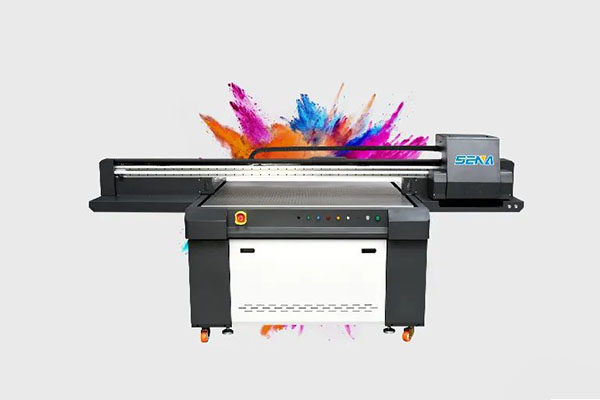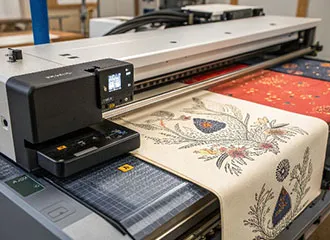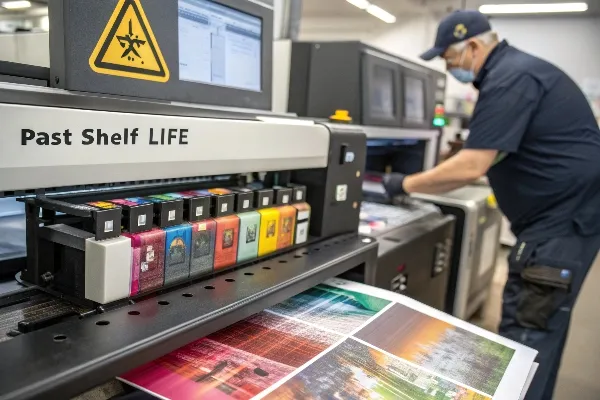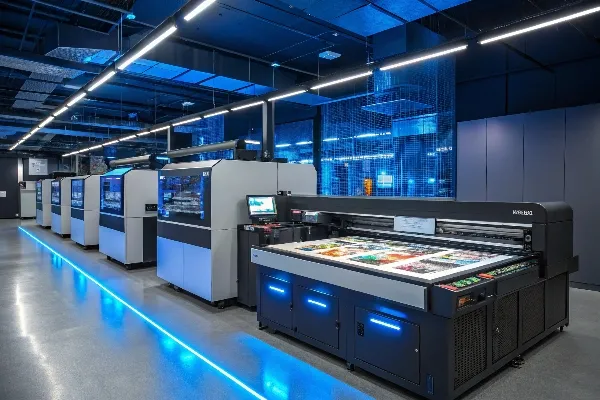Seachain an ceist agad mar fhreagairt dàil, feuch an cuir thu a-steach do WhatsApp / WeChat / Skype còmhla ris an teachdaireachd, gus an urrainn dhuinn fios a chuir thugad aig a’ chiad uair
Freagraidh sinn thu taobh a-staigh 24 uairean. Ma tha cùis èiginneach agad, feuch an cuir thu WhatsApp: +86 17864107808, no WeChat: +86 17864107808. No cuir fòn +86 17864107808 gu dìreach.
*Tha sinn a’ toirt urram do dhìomhaireachd agus tha am fiosrachadh uile air a dhìon. Cha chleachd sinn am fiosrachadh agad ach airson freagairt a thoirt don cheist agad agus cha chuir sinn post-d no teachdaireachdan sanasachd gun iarraidh gu bràth.
UV printing and digital printing are both widely used in modern printing applications, but they have key differences. Understanding these distinctions will help businesses choose the right technology for their needs.
UV printing uses ultraviolet light to cure ink instantly, allowing it to print on various surfaces, while digital printing is an ink-based or toner-based method that works best on paper and fabric.

While both technologies are used for high-quality printing, Clò-bhualadh UV offers durability, versatility, and instant curing. Digital printing, on the other hand, remains a go-to choice for standard commercial printing. Let’s explore each aspect in detail.
UV printers are known for their ability to print on a variety of surfaces. But just how versatile are they compared to traditional digital printing?
UV printers can print on materials like glass, metal, plastic, wood, ceramics, and acrylic, making them ideal for signage, packaging, and promotional products.

Unlike digital printing, which is mostly limited to paper and fabric, UV printing can handle rigid and non-porous surfaces. This makes it a favorite for industries requiring high-quality, long-lasting prints on diverse materials.
| Seòrsa Stuth | Clò-bhualadh UV | Clò-bhualadh didseatach |
|---|---|---|
| Pàipear | ✅ | ✅ |
| Stuth | ❌ | ✅ |
| Glainne | ✅ | ❌ |
| Meatailt | ✅ | ❌ |
| Plastaig | ✅ | ❌ |
With UV printing, businesses can expand beyond standard prints and explore new revenue streams.
Durability is a key consideration when choosing a printing method. But how long can Clò-bhualaidhean UV withstand external conditions?
UV prints are highly durable, lasting several years without fading. They are resistant to sunlight, scratches, and moisture, making them ideal for outdoor applications.

UV printing uses specialized inks that cure instantly, forming a solid bond with the surface. This process creates prints that are resistant to wear and tear, unlike traditional inkjet prints that can smudge or fade over time.
Compared to standard digital prints, which often require lamination for protection, UV prints maintain their integrity for much longer.
Like any printing ink, UV ink has a shelf life. But what actually happens when UV ink expires, and how does it impact printing quality?
Expired UV ink can cause clogging, color inconsistencies, and adhesion issues. It’s best to store ink properly and use it before the expiration date for optimal results.

Using expired inc UV2 can impact printing efficiency and output quality, so proper inventory management is essential.
UV printing technology has evolved rapidly in recent years. But where is it heading in the future?
The future of UV printing includes automation, eco-friendly inks, faster production speeds, and improved adhesion technology for even more versatile applications.

The ability to print on nearly any surface while ensuring durability makes UV printing a key player in the future of the printing industry.
UV printing offers greater versatility, durability, and print quality compared to standard digital printing. As technology advances, it will continue to be an essential tool for businesses looking to innovate in printing solutions.